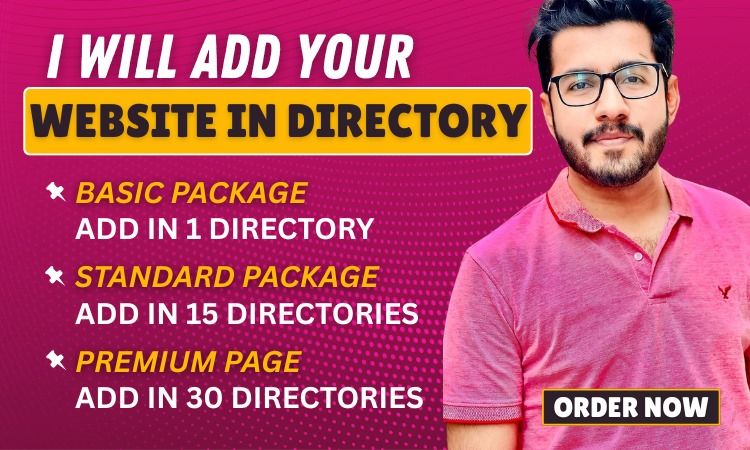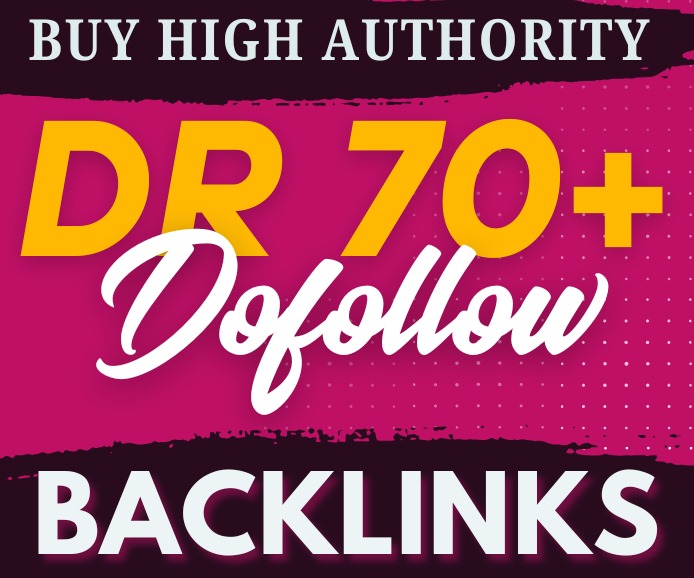Web design is the process of planning, conceptualizing, and arranging content intended for the internet. It includes everything from the layout and color scheme to fonts, graphics, and interactive features. A well-designed website doesn’t just look good—it provides a smooth, user-friendly experience that keeps visitors engaged.
Why Web Design Matters for Your Business
First impressions matter. Your website is often the first interaction people have with your brand. A great web design builds trust, delivers your message clearly, and drives users to take action—whether that’s making a purchase, signing up, or contacting you.
Key Elements of Effective Web Design
Good web design goes beyond aesthetics. It balances form and function to serve users effectively. The major elements include layout, color scheme, typography, imagery, navigation, and user experience (UX) principles.
Responsive Design: Why Mobile-Friendliness is Crucial
Today, over half of web traffic comes from mobile devices. If your website isn’t optimized for smartphones and tablets, you’re turning away potential visitors. Responsive design ensures your site looks and works great on all screen sizes.
User Experience (UX) and Web Design
UX is the heart of modern web design. A site that’s easy to navigate, fast to load, and intuitive to use keeps people happy—and happy users turn into loyal customers. UX involves site structure, usability, accessibility, and visual feedback.
The Role of Visual Hierarchy in Web Design
Visual hierarchy guides users’ eyes through your site. By using size, color, and placement effectively, you can highlight key content and call-to-actions. A clear hierarchy helps visitors find what they’re looking for faster.
Typography: Choosing the Right Fonts
Fonts do more than just display text—they set the tone for your brand. Clean, legible, and consistent typography is vital in web design. Stick with 2-3 font types and make sure they work well across devices.
Color Psychology in Web Design
Colors influence emotion and behavior. Blue conveys trust, red creates urgency, green symbolizes growth. Choosing the right color palette can shape how visitors perceive your site and brand.
Navigation Design Best Practices
A confusing menu can drive users away. Great navigation is simple, intuitive, and consistent. Use clear labels, group similar items, and make it easy for users to return to the homepage or previous pages.
Website Loading Speed and Its Impact
If your site takes more than a few seconds to load, visitors will bounce. Speed is a critical web design factor that affects user experience and SEO. Optimize images, use efficient code, and leverage caching.
SEO and Web Design: How They Work Together
Search engines favor sites that are user-friendly and well-structured. Good web design boosts your SEO by improving usability, mobile-friendliness, and content organization—all of which impact your Google rankings.
Web Design Trends to Watch in 2025
Some exciting web design trends include dark mode, 3D visuals, micro-interactions, and minimalist layouts. Staying updated with design trends keeps your website looking fresh and engaging.
Common Web Design Mistakes to Avoid
Cluttered layouts, inconsistent branding, poor mobile experience, slow loading times, and weak CTAs can all ruin a website. Avoid these mistakes to maintain professionalism and trust.
Tools and Platforms for Web Design
Whether you’re a beginner or a pro, tools like WordPress, Webflow, Wix, and Adobe XD make web design easier. They offer templates, drag-and-drop editors, and robust customization features.
Hiring a Professional Web Design Agency
If you want a website that truly reflects your brand and drives results, hiring a professional agency can be a game-changer. Experts understand design principles, user behavior, and SEO—all critical for success.
Conclusion
Web design is more than just visuals—it’s about creating an experience that connects with your audience. Whether you’re building a personal blog or a business website, understanding design basics can make a big difference. From usability and SEO to color choices and typography, every detail matters. If done right, web design becomes your most powerful digital asset.
FAQs
What is the difference between web design and web development?
Web design focuses on the visual and UX aspects of a website, while web development involves coding and building the site’s functionality.
How long does it take to design a website?
It depends on complexity, but a basic website usually takes 2–6 weeks, including planning, design, and revisions.
Do I need a mobile-friendly website?
Yes! A mobile-responsive site is essential in 2025, as most traffic comes from mobile users.
Can good web design improve my SEO?
Absolutely. User-friendly design, mobile optimization, fast loading, and structured content all contribute to better SEO rankings.
Should I use a template or hire a designer?
Templates are great for basic sites. But for a custom, professional look with advanced features, hiring a web designer or agency is a better choice.




